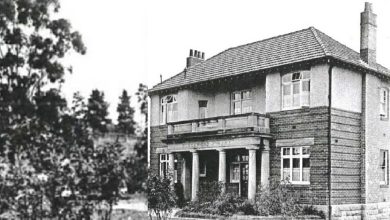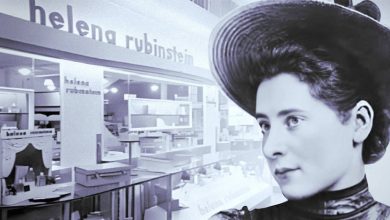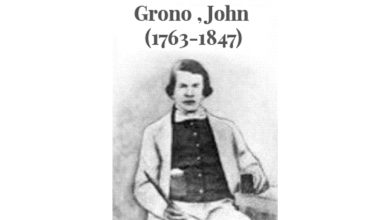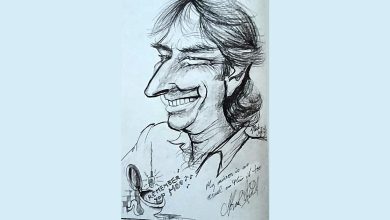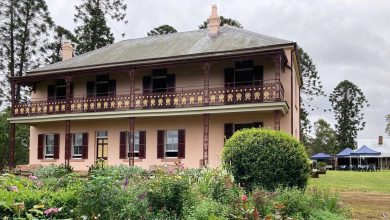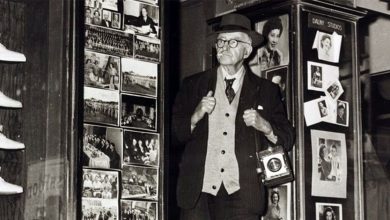My wife and I have just returned from a few days travelling around Canberra, Goulburn and surrounding areas. Apart from the many photographic memories recorded, we also took time to visit some historic properties where we were able to view and appreciate some of Australia’s rich past showing how some people lived in a very basic manner during the same decade as others living in luxury.
One home that we visited was “Calthorpes’ House” at Red Hill. This home was one of the earliest homes in Canberra and had been occupied by the one family from the 1920s to the 1970s. The house was furnished in the mid 1920’s and the original furnishings (including carpets, curtains and drapes) are still in place as is also the original furniture.
Seeing how the Calthorpe family lived and their pianola, books etc still in situ was amazing whilst just over the hill a little way, lived their friends and neighbours, the Curley family. The Curley family’s association with their home goes back to 1866 when thirteen year old Patrick Curley was employed as junior shepherd on the Duntroon sheep station. Patrick lived at an outlying part of the Duntroon estate in a small shepherd’s wooden hut at Mugga Mugga. The Curleys as a family lived at Mugga Mugga from 1913 to 1995. Patrick married in 1893 and continued to work at Duntroon until the Commonwealth Government acquired the property in 1911. Patrick leased the Mugga Mugga cottage from the Government from 1913. Our visit to Mugga Mugga showed the contrast in living conditions between the two families who were neighbours and friends. The Red Hill home of the Calthorpes with its solid construction, 3 bedrooms, inside bathroom and toilet, formal garden compared to the more ramshackle home of the Curley’s with its slab floor (earlier dirt floor), hession ceilings and walls lined with paper could not have been more vast.
We also visited two other properties which were inhabited during the same period of even greater contrast. Lanyon Homestead at Tharwa was palatial compared to the previous two properties of Mugga Mugga and Calthorpes’ House with numerous outbuildings serving as convict workers’ accommodation, stables and workshops etc. The house had a large verandah and numerous rooms. The present home dates from 1849 and was acquired by the Commonwealth Government in 1971. The other property that we called at is “Allwood” at Wallaroo. Still privately owned it has two slab cottages on site, one of which was still occupied in the 1940s and like Mugga Mugga the walls and ceilings were lined with paper or hession, whichever was available at the time. Bathing took place outside the buildings in a metal tub. To see the how people lived in the 1920s, 30s & 40s is certainly eye opening. Four homes occupied by families in the same decades and worlds apart in lifestyle, furnishings and surroundings.
SHARE YOUR MEMORIES AND OLD PHOTOGRAPHS WITH OUR “AS WE WERE” READERS
Memories of growing up locally, or when you moved into our community are welcome. Tell us your experiences from school days, sporting clubs, holidays, work or group organisations.
If you have a funny or interesting neighbourhood storyies, we would like to publish them! Write to: 17 Rose St, Baulkham Hills, NSW, 2153. Email to ivorjones@ hillstohawkesbury.com.au.
Hills District Memories at facebook.com/groups/Hills. memories or Hawkesbury Happenings & Memories at facebook.com/groups/ Hawkesmemories.

